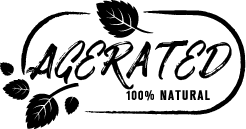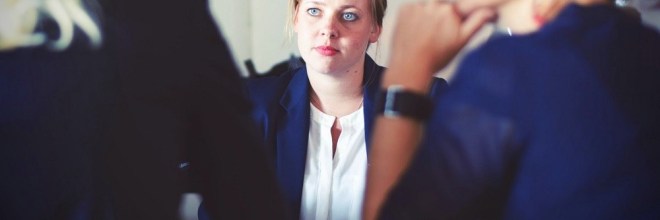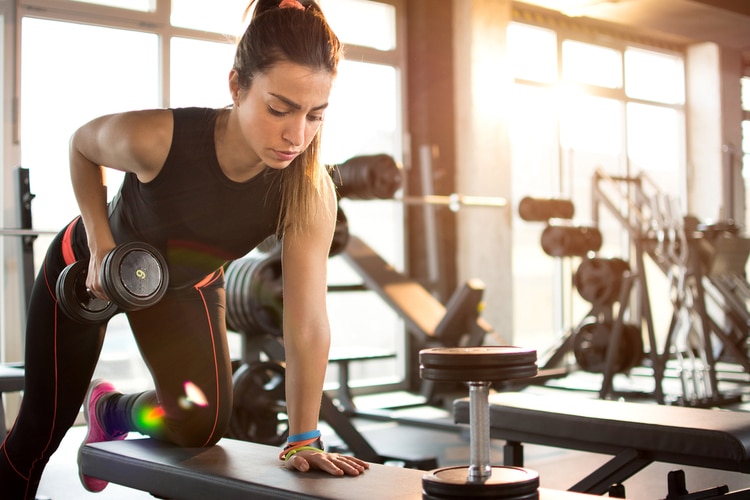Cold Laser Therapy: Could Low-Level Laser Therapy Meet your needs?


When you think of lasers, maybe you don’t immediately think about pain alleviation. But that’s the theory behind cold laser therapy, generally known as low-level laser therapy (LLLT). Touted to be a non-invasive alternative to popular acupuncture and surgery,?lasers are already utilised in medicine because the late 60s. Thier food and Drug Administration (FDA) has broken lasers into categories or classes. Class 3B includes cold lasers or low-level lasers which can be non-surgical. That is to say, they certainly burn or cut the epidermis. The primary of them was approved sometime around 2001 and 2002, dependant upon your sources. Nevertheless, scientists have had sufficient time to spend time playing and enhance them. Strangely, however, the tests have already been minimal, often poorly conducted, and tend to transform out conflicting information. So what’s the deal? Exactly what so-called “cold lasers” employed for anyway? And would they can work?
What is actually a Cold Laser?
Without getting technical, a “cold” laser differs from?a surgical laser in this in cannot cut or burn through skin because doing so emits \’abnormal\’ amounts of warmth to amass. Thus, the phrase “cold laser.” These are marketed as even having the capacity to add energy to tissues. One company who specializes in cold lasers explains it using this method: “The aim of laser treatments are to generate light energy units from red and infrared laser radiation, called photons, to damaged cells. It\’s the consensus of experts is [sic] that photons absorbed with the cells through laser therapy stimulate the mitochondria to accelerate manufacturing of ATP. This biochemical boost in cell energy can be used to rework live cells from the state of illness to some stable, healthy state.”
When the laser is applied for the skin, the photons will be able to penetrate as many as 5 centimeters below the skin. They penetrate even deeper than acupuncture needles, but without having the sensation that always accompanies the puncture. How is it possible for lasers to ensure that you replace acupuncture for a painless alternative? One licensed acupuncturist states: “…one can find multiple approaches to move qi?[pronounced “chi”] and blood in your body, providing excellent results without needles. Modern today provided new opportunities for acupuncture treatments that did not previously exist, including microcurrent, magnetic treatments and laser acupuncture [using cold lasers].”
Cold lasers have already been useful to treat just like a baby connected with fibromyalgia, but answers are hit or miss in such a department. Indeed, that looks like it\’s the way it is with a lot of everything LLLT has been said to help remedy. Reported conditions include:
- Acute and chronic pain
- Smoking cessation
- Back pain
- Fibromyalgia
- Carpal tunnel syndrome
- Bursitis
- Hair growth
- Muscle strains
- Healing wounds
- Tuberculosis
Actually, your list continues and is particularly rather extensive. Genuinely is dependent upon the business doing the marketing. That sounds cynical, nonetheless it needs to be noted that some people do experience advantages of these treatments. And frankly, even though it’s placebo, it doesn’t matter. Naturally, healing is healing. The truth is, the teachers of Public Health, a division of UC Berkeley, explains further: “It may not be clear how cold laser therapy might work, nonetheless it often have anti-inflammatory effects, help repair connective along with tissues, and release pain-relieving endorphins.”
But Do you use it?
Both UC Berkeley and DeviceWatch.org question the efficacy of cold laser therapy. Specifically, both agree so it doesn’t seem any further effective than traditional physical therapies like hot or cold compresses. Indeed, Berkeley even adds that you need to not anticipate to have the same variety of treatment from a cold laser device for use at home as compared to one applied by a physician or acupuncturist. Not simply there has to be skill in knowing where you can use the laser, but the company\’s system is certainly an aspect. Purchasing costs find a way to include $200 to above $20,000.
It should also be noted that mainstream insurance providers for example Aetna and Cigna do not cover cold laser therapy/LLLT as a consequence of insufficient evidence it works. With the record, that doesn’t mean that there\’re correct within their assessment. It suggests that, at this time, they can’t justify covering this technique without more proof through well-conducted studies. Also, apparently there are some businesses that will take care of this treatment since it’s available from some physicians. Furthermore, that alone ensures that even certain healthcare practitioners find value in cold laser therapy. However, here’s what that doesn’t mean: it doesn\’t imply you must go out and spend hundreds or 1000s of dollars using a device along with your fingers crossed and hope for the best. You must do lots of research first. Do this therapy which includes a professional who may be trained to the precise locations for application. Ask exactly what device they use. Then take it from there.
Have you\’d any experience with cold laser therapy? Did it work out fine? Exactly what healthcare practitioner performed treatments and for what purpose? Please share your story in an effort to help others think critically regarding how to proceed with their own low-level laser therapy.










